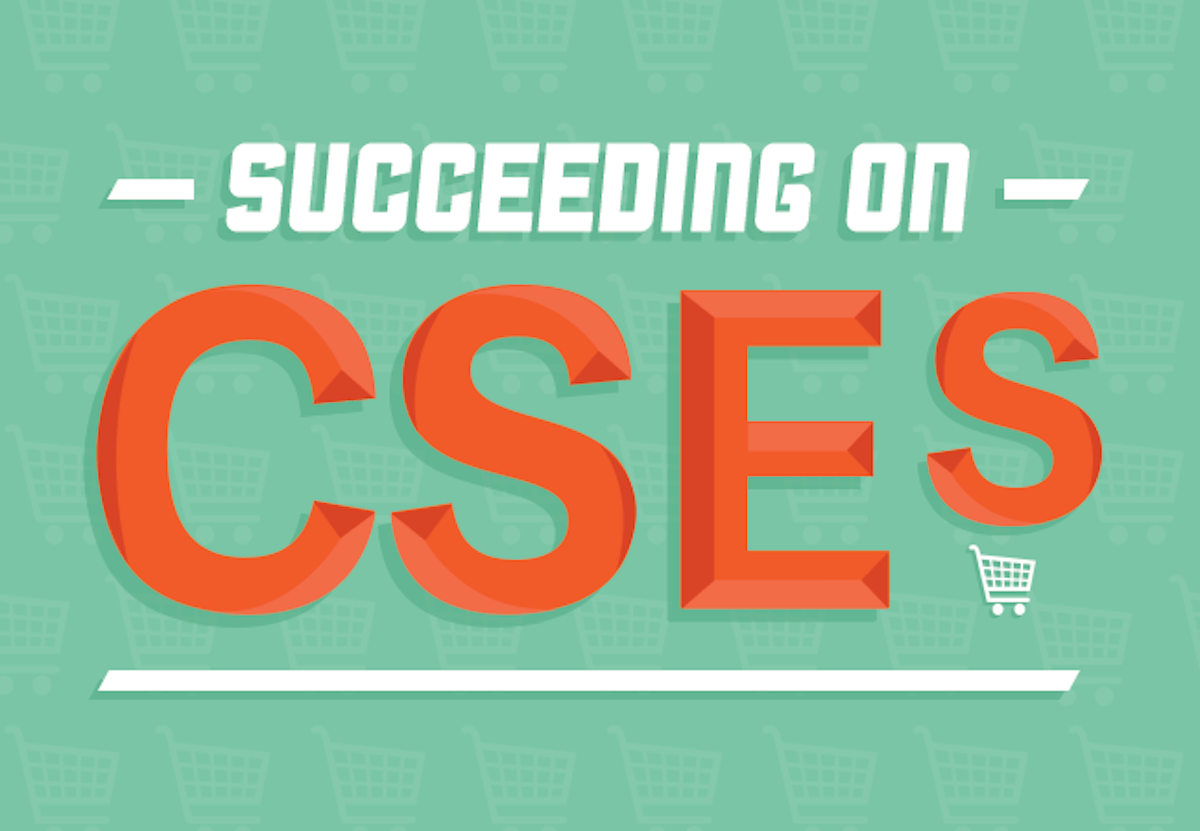
Since Comparison Shopping Engines (CSEs), especially Google Shopping, are becoming increasingly important for generating sales and competing more effectively online, retailers should seriously consider advertising on these highly targeted channels.
As experts in CSE marketing, one of the most commonly asked questions we get at GoDataFeed is, “How can I improve my results on the shopping engines?” CSEs like Nextag, Shopzilla, and Amazon give online retailers the opportunity to reach new customers, increase sales, and level the playing field with their competitors, so there are plenty of reasons to strive to improve your position.
The best way to maximize shopping engine sales is to optimize your product catalog according to each channel’s exact datafeed specifications and requirements; this is known as Datafeed Optimization. By optimizing your feed and managing campaigns correctly, you can impact your Return On Investment (ROI) and make shopping engines work for you. And remember, before embarking on any shopping channel campaign, make sure your product data is optimized.
Here are 10 top feed optimization tips to help you get started:
1. Submit only fresh feeds
Make sure you’re submitting all feeds on a daily basis and filtering out any out-of-stock items. If a shopper clicks on a product listing which redirects to the product page of an out of stock product, it’s a lose-lose situation. You lose that click cost as well as that customer, who will most likely bounce right off your site.
2. Categorize your products correctly
Each channel categorizes and indexes products according to their specific taxonomy, so verify that products are listed in the most relevant categories and subcategories for your products. Also, make sure that your merchant categories make sense, and are clear and descriptive. Think "women’s shoes" versus "top sellers;" one is much clearer than the other. The best merchant categories usually include the full breadcrumb, like Shoes > Women’s Shoes > Women’s Running Shoes.
3. Clear product titles & descriptions
Your product titles should relay concise product data, including manufacturer or brand name, model numbers, and size and color variations; for instance, Lacoste Mens Polo Shirt – Red Size Medium. Titles and descriptions shouldn’t contain marketing messages or promotional information, like "Sale" or "Free Shipping," nor should they contain BLOCK CAPITALS.
For your descriptions, include relevant and robust information about the item. Try to leverage keywords and phrases that already rank well in your organic search, since they will help you rank higher on shopping engines as well.
4. Provide high quality images
Products without images or listings with poor-quality images simply don’t sell. Always provide high-quality, high-resolution images on white backgrounds that are at least 250 x 250 pixels or larger. These images shouldn’t contain watermarks or logos.
5. Maximize product attributes
Include all relevant product attributes like size, color, gender, age, and any other industry-specific details in your feed that can enhance the shopping experience and enable your products to stand out more. The more granular you get, the better the results.
6. Include the UPC, MPN, or ISBN
Many shopping channels are now highly suggesting or requiring this information. Plus, including these universal identifiers will enhance search rankings, improve overall performance, and allow shoppers to find your products more easily.
7. Bid & analyze top categories
Consider bidding higher for your best-selling product categories on Pay-Per-Click (PPC) channels, and routinely review your analytics to exclude products that are gaining too many clicks without conversions.
8. Utilize both retail & sale prices
Consumers are driven by prices. The purchase price provided in the product feed should match the price listed on your own web site—if it doesn’t, you won't be convincing any of those shoppers to buy. We recommend including both the retail and sale prices, if possible, to highlight savings and encourage impulse purchases.
9. Promote free shipping, promotions, & coupons
Include any free shipping, discounts, or coupons through each channel’s shipping, promo-text, or coupon fields, where applicable.
10. Exclude under-performing items
Avoid wasting your marketing budget by routinely reviewing your analytics to remove products that are gaining many clicks, but little or no conversions.
Shopping channel marketing is not a set-it-and-forget-it deal. It’s crucial to monitor performance and, like any other marketing campaign, weed out the products or channels that aren’t converting while bidding higher on the ones that are. Check the "pulse" of your campaigns regularly to ensure that your products are live, error-free, and that your channel accounts are fully-funded. We recommend checking your status at least once or twice a week.
Since there is no uniform standard datafeed for each channel, it’s a good idea to invest in a solution that helps modify your Volusion store’s datafeed to meet the expectations of each shopping engine. Try to find a solution that helps you streamline and automate the process, since shopping channels frequently update their datafeed and category specifications.
Overall, the process of submitting products to multiple channels, especially marketplaces, takes time and effort, but the potential sales make it worthwhile.











